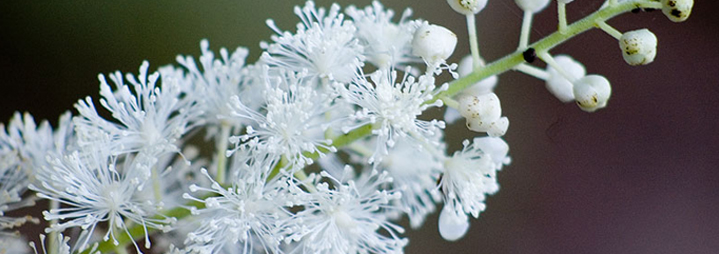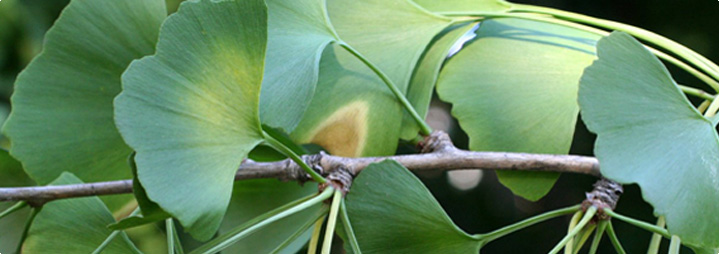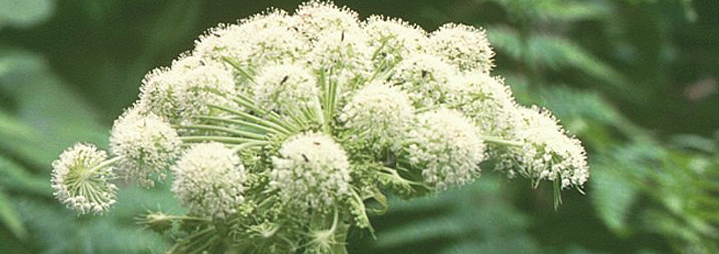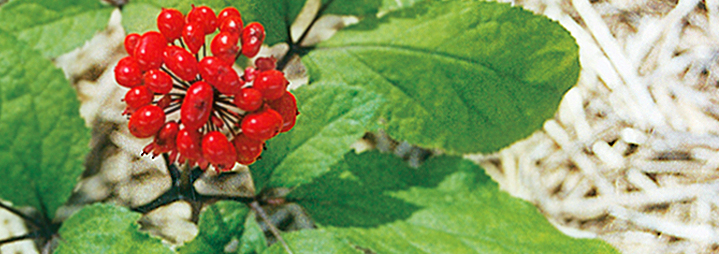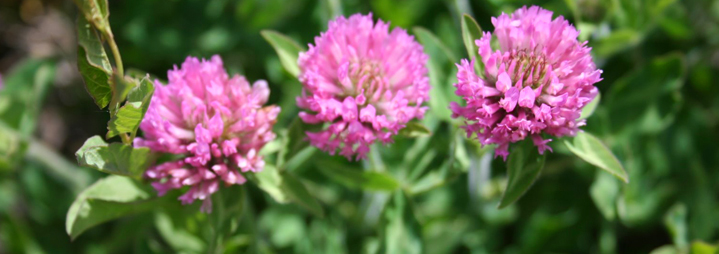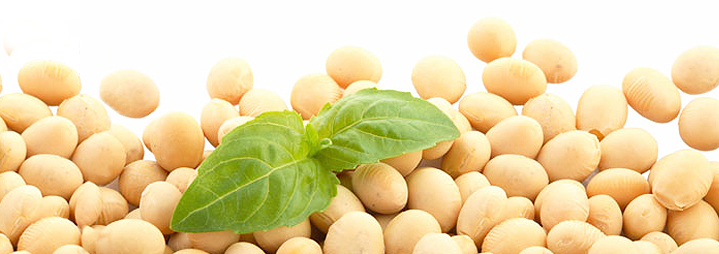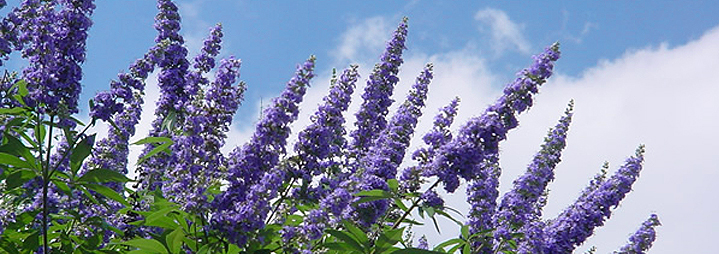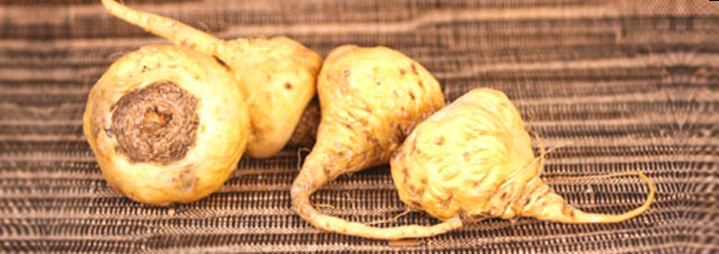Dining Out: A Guide to Foods That Are Rich in Soy
Many women are looking for natural ways to help fight their menopausal symptoms, one way is with soy. If you are looking to add soy into your diet, check out these dining out tips that will help you incorporate soy into a majority of the meals you eat. But first you will want to understand how soy works and why it will be able to help you fight menopause. Because soy contains proteins, calcium, magnesium, and amino acids, it has proved to be very helpful in preventing illness. Because of its estrogen-like properties, soy can help alleviate menopausal symptoms which occur as a result of reduced estrogen levels.
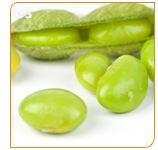 Edamame. A common appetizer in many restaurants. These soybeans are harvested when the beans are still green and sweet tasting. They can be served as a snack or a main vegetable, after boiling in slightly salted water for 15 to 20 minutes. They are high in protein and fiber and contain no cholesterol. Edamame can be bought shelled or in the pod in the supermarket produce section or frozen food aisle. But when ordered at a restaurant they are usually served covered in salt.
Edamame. A common appetizer in many restaurants. These soybeans are harvested when the beans are still green and sweet tasting. They can be served as a snack or a main vegetable, after boiling in slightly salted water for 15 to 20 minutes. They are high in protein and fiber and contain no cholesterol. Edamame can be bought shelled or in the pod in the supermarket produce section or frozen food aisle. But when ordered at a restaurant they are usually served covered in salt.- Miso. Miso is a rich, salty soy paste used in Japanese cooking. The Japanese make miso soup and use miso to flavor a variety of foods such as sauces, dressings and marinades. Miso paste should be refrigerated. Miso contains minimal soy protein and is high in sodium. If you are living in a larger city it should not be difficult to find a quality Japanese restaurant that serves up a variety of foods flavored with miso.
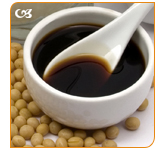 Soy Sauce. Soy sauce is a dark brown liquid made from soybeans that have undergone a fermenting process. Soy sauce contains minimal soy protein and is high in salt. Two types of soy sauce are shoyu and tamari. Shoyu is a blend of soybeans and wheat. Tamari is made only from soybeans and is a by-product of miso. Another sauce containing soy sauce is teriyaki sauce. It contains soy sauce and other ingredients such as sugar, vinegar and spices. In almost every city in the country Chinese restaurants can be found in high numbers and soy sauce is a common staple in every Chinese restaurant.
Soy Sauce. Soy sauce is a dark brown liquid made from soybeans that have undergone a fermenting process. Soy sauce contains minimal soy protein and is high in salt. Two types of soy sauce are shoyu and tamari. Shoyu is a blend of soybeans and wheat. Tamari is made only from soybeans and is a by-product of miso. Another sauce containing soy sauce is teriyaki sauce. It contains soy sauce and other ingredients such as sugar, vinegar and spices. In almost every city in the country Chinese restaurants can be found in high numbers and soy sauce is a common staple in every Chinese restaurant.
If you are interested in learning more click on the following link to find out about other herbs for menopause.









